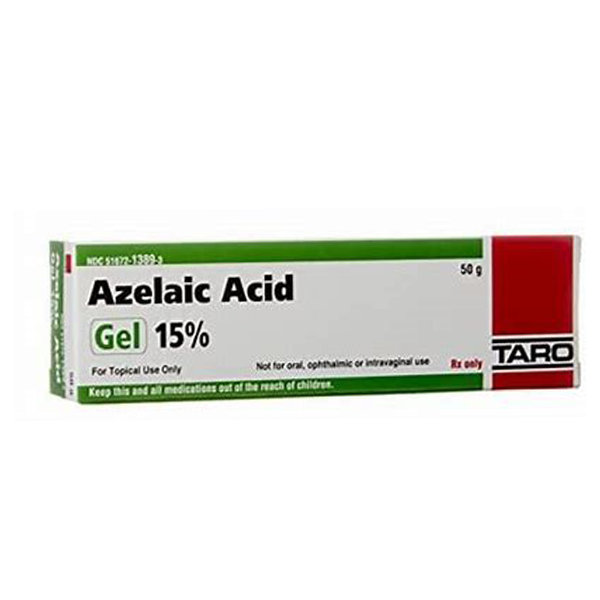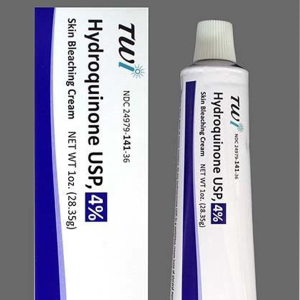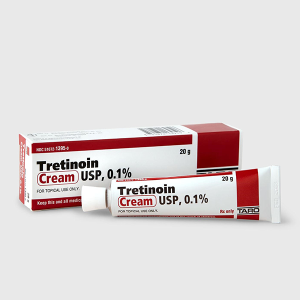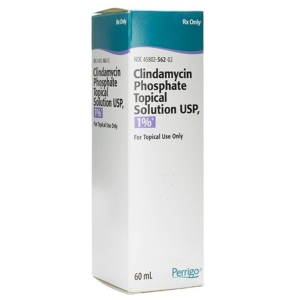Description
Overview
Azelaic acid is a naturally occurring dicarboxylic acid found in grains like wheat, barley, and rye. It is a multifunctional skincare ingredient widely used for treating acne, rosacea, and hyperpigmentation. Azelaic acid has antibacterial, anti-inflammatory, keratolytic, and antioxidant properties, making it an effective treatment for various dermatological conditions.
Mechanism of Action
- Antibacterial: Inhibits the growth of Cutibacterium acnes and Staphylococcus epidermidis, bacteria associated with acne and rosacea.
- Anti-Inflammatory: Reduces the production of pro-inflammatory cytokines, which helps control redness and swelling.
- Keratolytic: Normalizes keratinization, preventing clogged pores and comedone formation.
- Depigmenting Effect: Inhibits tyrosinase, an enzyme involved in melanin production, making it useful for treating hyperpigmentation and melasma.
Benefits and Indications
- Acne Vulgaris
- Reduces inflammatory and non-inflammatory acne lesions.
- Helps clear blackheads and whiteheads by preventing clogged pores.
- Less irritating than other acne treatments like retinoids or benzoyl peroxide.
- Rosacea
- Reduces redness, inflammation, and pustules associated with papulopustular rosacea.
- Unlike topical antibiotics, it does not contribute to antibiotic resistance.
- Hyperpigmentation & Melasma
- Lightens post-inflammatory hyperpigmentation (PIH) caused by acne, sun exposure, or hormonal changes.
- Safer than hydroquinone for long-term use and suitable for sensitive skin.
- Other Dermatological Conditions
- Can help with seborrheic dermatitis due to its anti-inflammatory properties.
- May reduce keratosis pilaris by exfoliating dead skin cells.
Possible Side Effects
- Common: Mild burning, tingling, stinging, itching, and dryness.
- Less Common: Skin peeling, redness, and hypersensitivity.
- Rare but Serious: Allergic reactions (swelling, rash, severe irritation).
Drug Interactions
- Benzoyl Peroxide & Retinoids: Can be used together but may cause excessive dryness or irritation.
- Hydroquinone: Often combined for treating hyperpigmentation but requires medical supervision.
- Astringents & Alcohol-Based Products: Can worsen irritation and dryness.
Special Considerations
- Pregnancy Category B: Considered safe for use during pregnancy and breastfeeding.
- Gentler Alternative to Other Acne Treatments: Suitable for individuals with sensitive skin who cannot tolerate tretinoin or benzoyl peroxide.
- Slow but Effective: Results typically take 6–8 weeks for acne and several months for hyperpigmentation.






Reviews
There are no reviews yet.